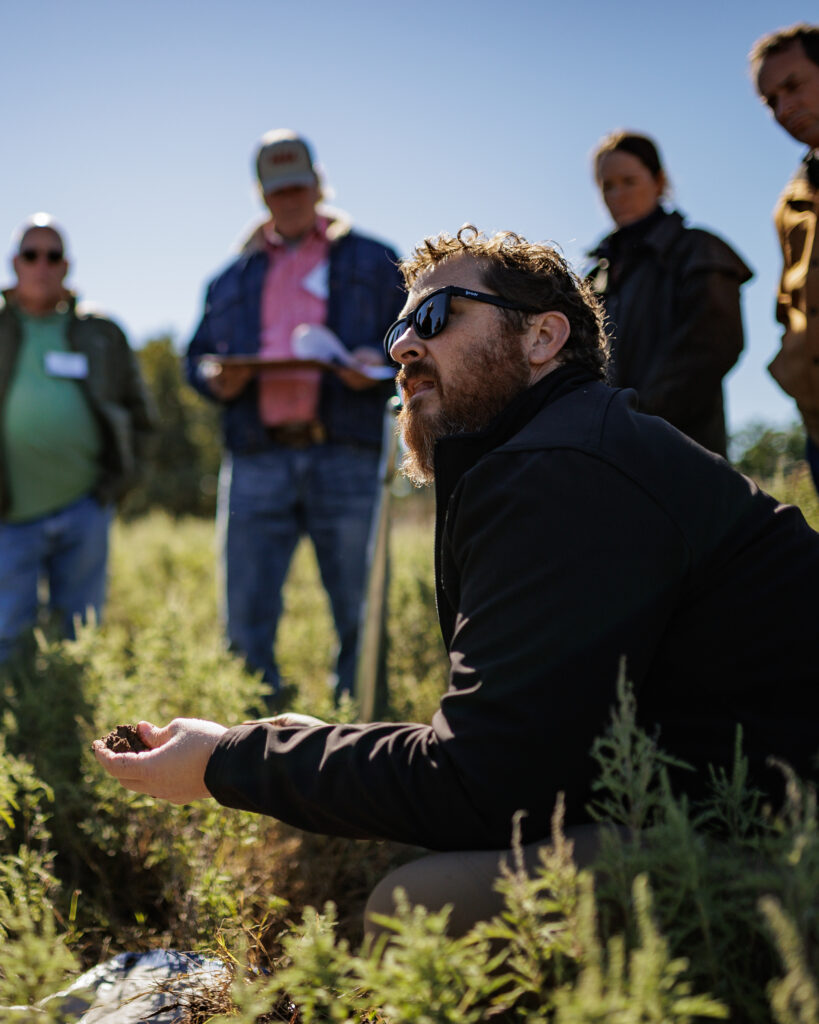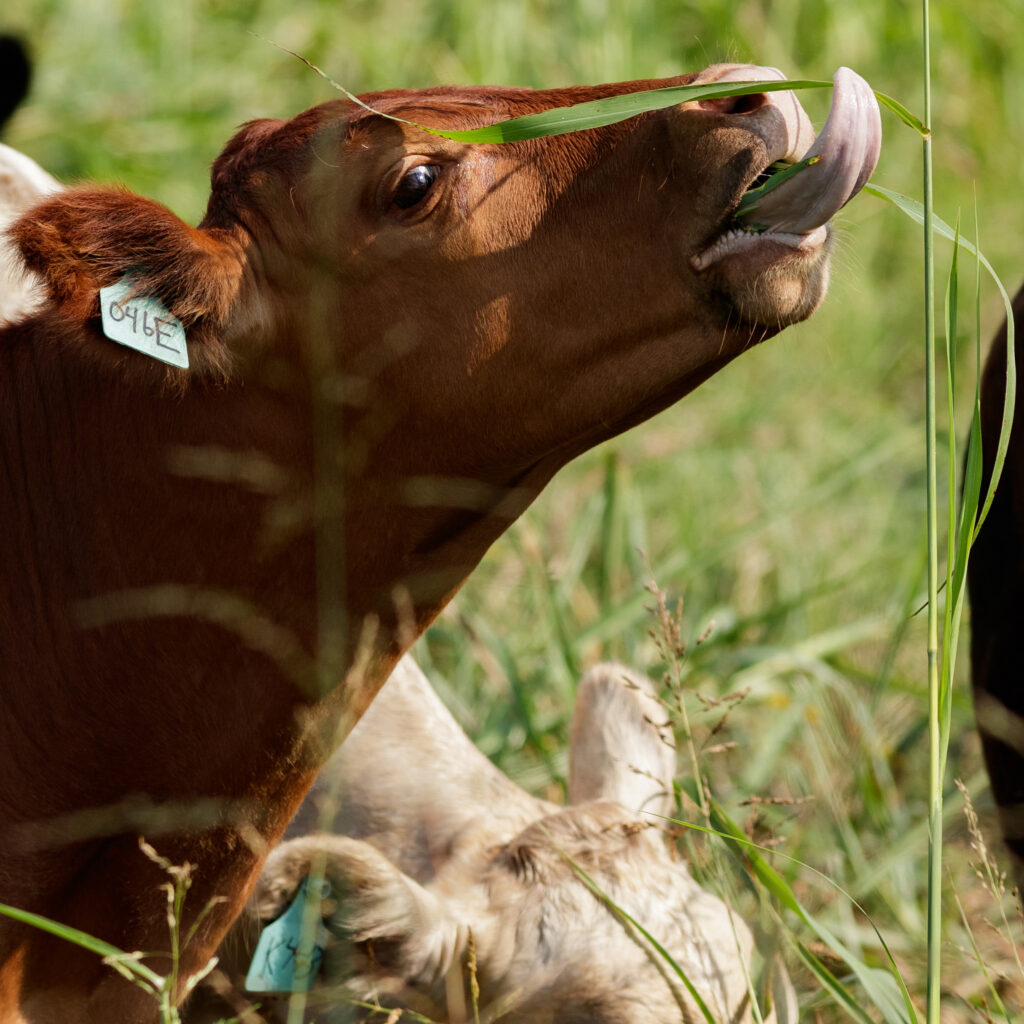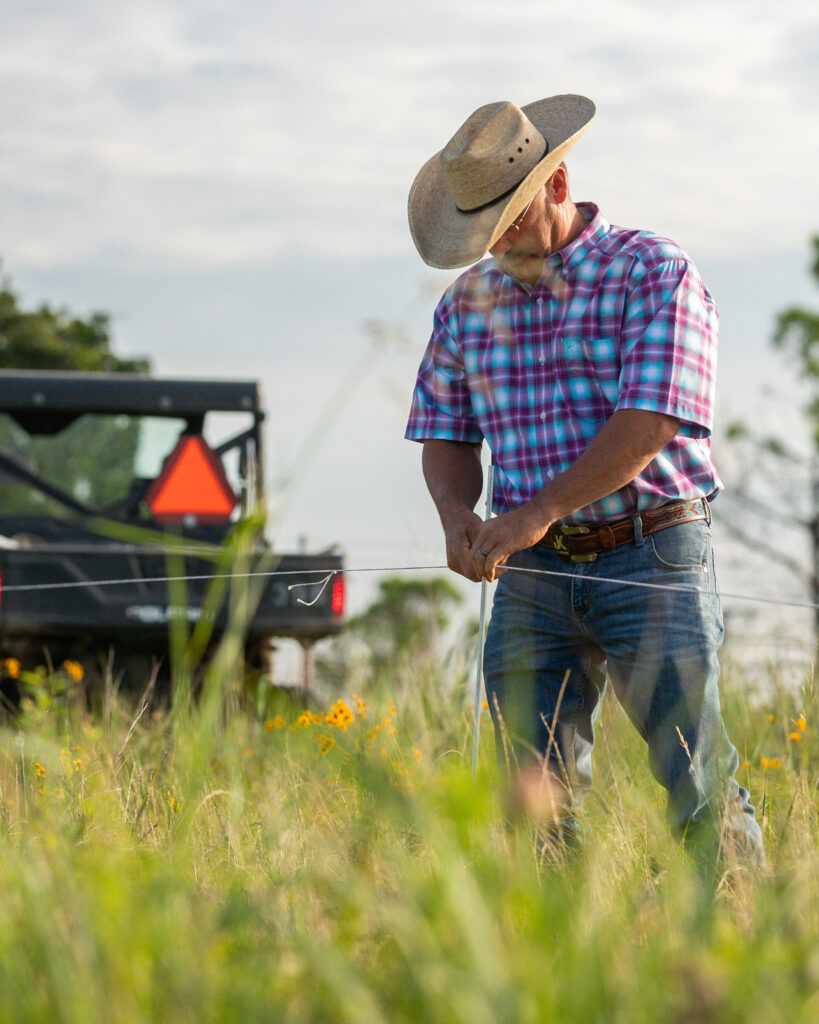What is an ARO?
The solution for agricultural research funding shortfall may be found through private philanthropy
Agriculture is critical to society – it provides the raw materials that feed and clothe us all – but we need new sources of funding to build the United States’ public agricultural research capacity. Debates will occur over the coming months about the need for additional public funds (and, likewise, the unavailability of such public funds) to advance needed agricultural research. Perhaps, there remains an underutilized complement to such important public funds: private philanthropy.
We commonly see giving to our research universities by those who attended or graduated from such universities, and certainly some of these dollars find themselves directly or indirectly supporting agricultural research. But, significant philanthropy – the kind that makes a lasting, societal difference – has largely been absent from nonprofit agricultural research in this nation.


Since the mid-1950s, philanthropists with a passion and a grand vision to take on great challenges for human health have had another giving option: a 501(c)(3) research institution to conduct medical research in conjunction with the nation’s nonprofit or government hospitals. These special types of nonprofit institutions are known as “medical research organizations.”
Nonprofit, human medical discovery has benefited and continues to benefit from some of the nation’s most successful people who commit a portion of their wealth to improve the human condition: Paul Allen, Jim Stowers and the Van Andel family to name but a few.
These are people who were passionate about human health and sought to make lasting differences in uncovering the causes of disease, treatment solutions, and/or creating a new understanding of human physiology through their respective creation of a medical research organization.
All of this has been achieved through philanthropy and an unlikely ally – the Internal Revenue Code, which provided a framework to create such charitable organizations. In December 2015, Congress created agricultural research organizations (AROs), a type of 501(c)(3) organization that mirrors medical research organizations and enables the conduct of nonprofit agricultural research in conjunction with the nation’s agricultural universities.
AROs, in conjunction with our nation’s agricultural research universities and as a complement to government laboratories, will take their place in identifying significant challenges that must be addressed for our future. As we see with medical research organizations, they bring new perspectives to the table, new objectives, more collaboration, more minds and more resources focused on agriculture.
AROs, as a new form of 501(c)(3), provide public agricultural research a full complement of philanthropic tools to reach individuals and families and provide them a charitable vehicle to advance public agricultural research.


In the next 40 years, we will witness an unprecedented amount of generational wealth transfer in the United States – much of it found in rural settings. Now, more than ever, we need to connect giving tools to the philanthropic community to begin to make a significant and lasting difference.
Without engaging all the available resources of this nation, we’re not just risking falling behind other nations, we’re risking the very foundation of our society. And, that’s a risk we just cannot accept.
Q: What are the requirements the IRS defines for AROs?
A: While there are various operational and reporting requirements common to all 501(c)(3) organizations, the IRS further requires that each ARO:
- directly engages in the continuous active conduct of agricultural research;
- works in conjunction with a land-grant college or university (as defined in such section) or a non-land-grant college of agriculture; and
- devotes more than half its assets, or spends at least 3.5 percent of the fair market value of its endowment, directly in conducting agricultural research. Either test can be met based on a computation period consisting of the immediately preceding tax year or the immediately preceding four tax years.
Q: Can private foundations also play a role in supporting agricultural research?
A: Absolutely. Much like human medical research, which significantly benefits from private philanthropy, agriculture research can benefit from a variety of philanthropic sources and organizations, including individual and corporate donors, private foundations, supporting organizations, and public charities, for example, AROs.
Q: How many AROs are there in the United States?
A: Because of the time between submission of Internal Revenue Service forms and subsequent organizational reporting requirements, there is no way to currently know how many applications or private foundation-to-agricultural research organization conversions are in process. For certain, the Noble Research Institute and at least one other private foundation, the East Foundation, have started the 60-month transition process to convert from a private foundation to an agricultural research organization. This is a standard termination process for any private foundation transitioning to a public charity. During this 60-month period, an organization can operate as a public charity provided it meets the requirements the IRS defines for an agricultural research organization in any given year of the transition term.
Q: Who should I contact if I want to start an ARO or learn more about an ARO?
A: Contact your nonprofit legal counsel or tax professional for information regarding organizational requirements and/or the potential application of such requirements to your current or desired organization. For general information, contact [email protected].